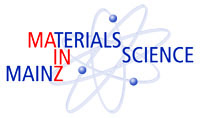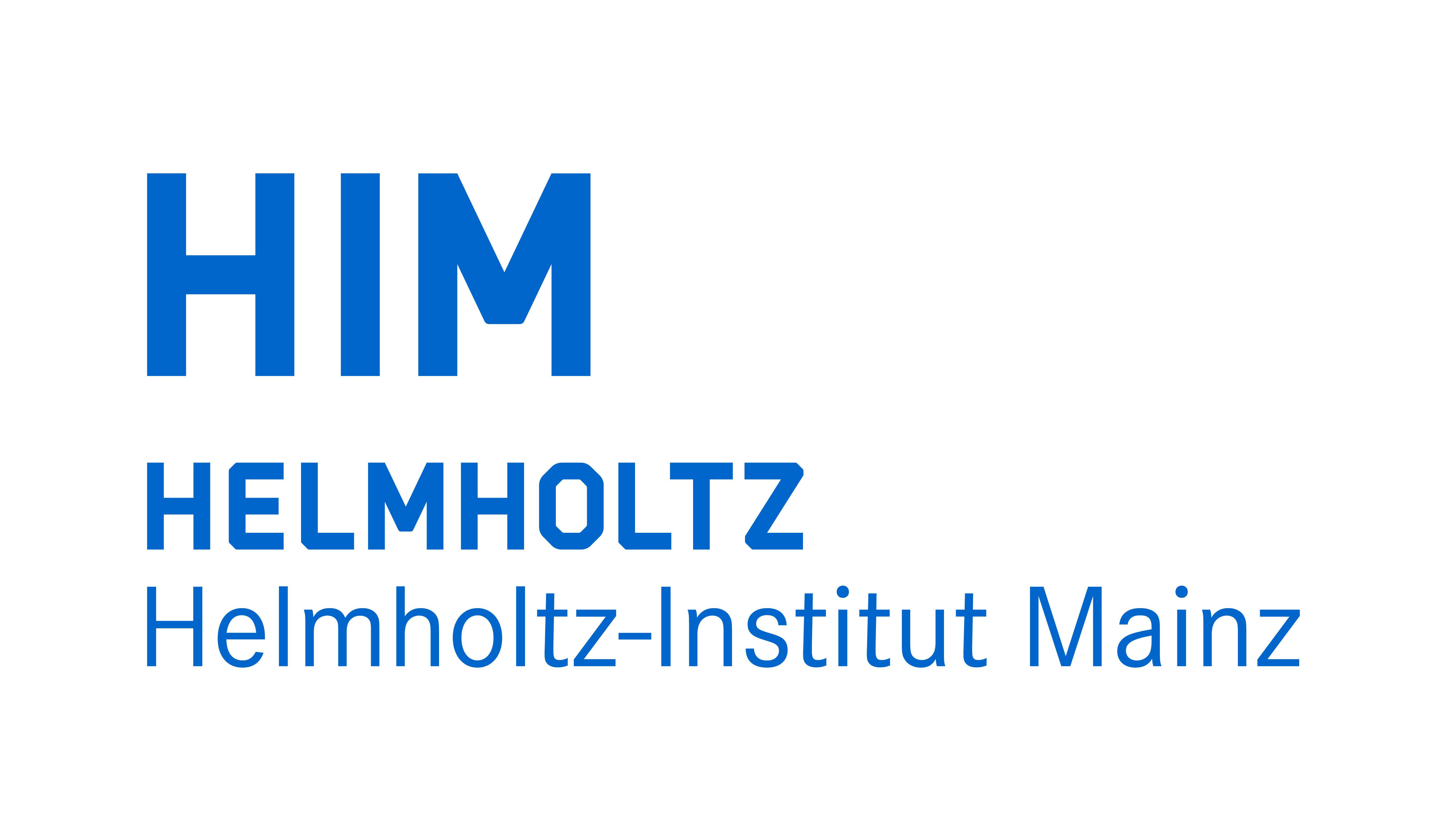


Physikalisches Kolloquium
June 13, 2023 at
4:15 p.m.
in
HS KPH
Prof. Dr. Friederike Schmid
Institut für Physik
friederike.schmid@uni-mainz.de
Prof. Dr. Hartmut Wittig
Institut für Kernphysik
hartmut.wittig@uni-mainz.de
Liquid metal experiments on the generation and action of cosmic magnetic fields
Dr. Frank Stefani (Helmholz-Zentrum Dresden-Rossendorf)
Magnetic fields of planets, stars and galaxies are generated by the homogeneous dynamo effect, or self-excitation, in moving electrically conducting fluids, such as liquid metals or plasmas. Once generated, magnetic fields can promote cosmic structure formation by destabilizing, via the magnetorotational instability (MRI), rotational flows that would be otherwise hydrodynamically stable. Closely related instabilities, such as the current-driven Tayler instability might be at work in the solar tachocline.
For a long time, these topics had been the subject of purely theoretical and numerical research. This situation changed in 1999 when the threshold of magnetic-field self-excitation was exceeded in the two liquid sodium experiments in Riga and Karlsruhe. Since 2006, the VKS dynamo experiment in Cadarache has successfully reproduced many features of geophysical interest such as reversals and excursions. MRI related experiments were partly successful with the observation of the helical MRI and the azimuthal MRI at Helmholtz-Zentrum Dresden-Rossendorf (HZDR), where first evidence of the current-driven Tayler instability in a liquid metal was obtained, too. In another liquid metal experiment at the Dresden High Magnetic Field laboratory (HLD) the “magic point” of coinciding Alfvén and sound speeds was reached, which is thought to play a key role for the heating of the solar corona.
The lecture gives an overview about previous and future liquid metal experiments on dynamo action and magnetically triggered flow instabilities, with special focus on the precession driven liquid sodium experiment and the large-scale MRI experiment that are under construction in the framework of the DRESDYN project at HZDR.
Particular emphasis is placed on generic questions such as the reversal mechanism of the geodynamo and the possibility of a planetary synchronization of the solar dynamo, on which those experiments might shed some fresh light.